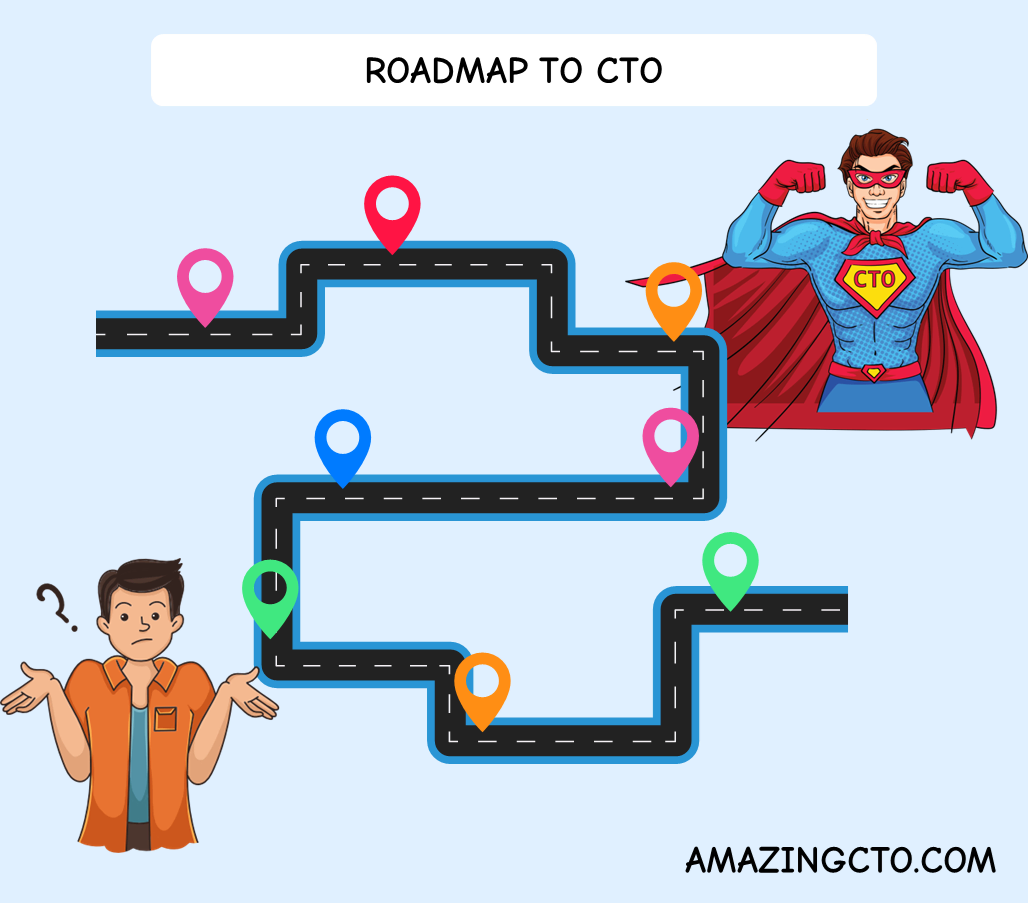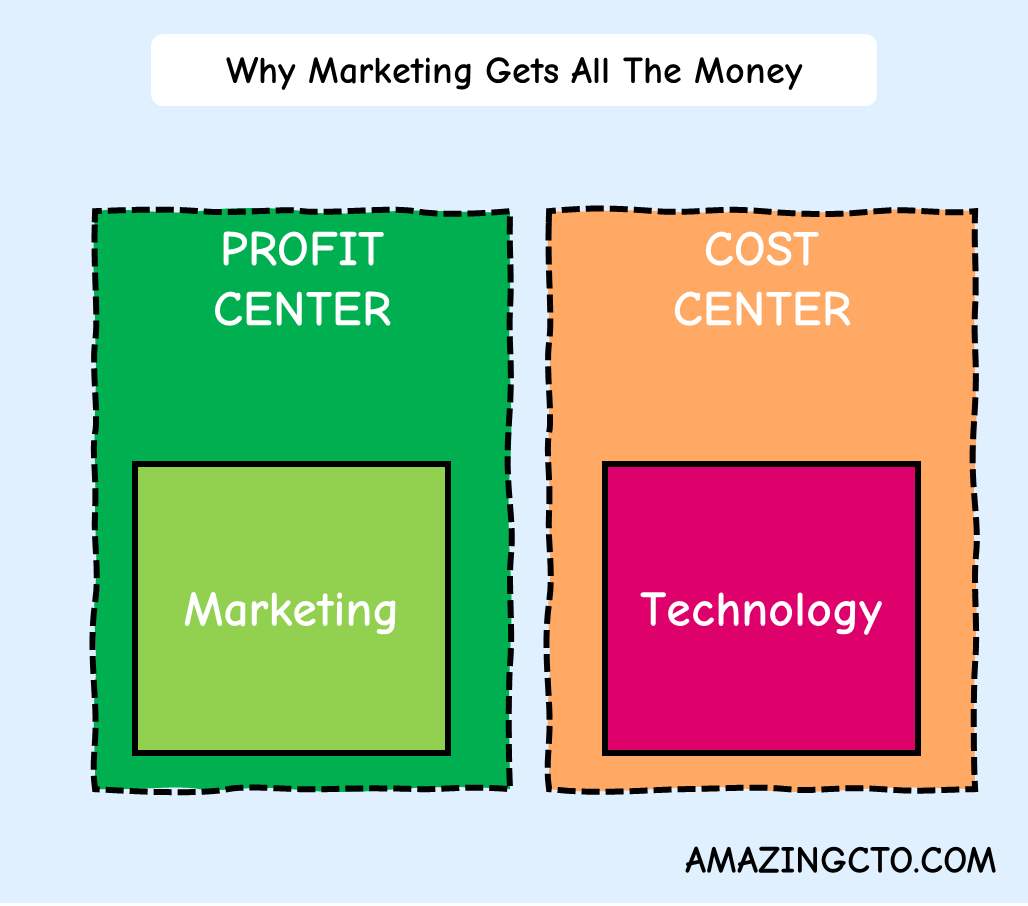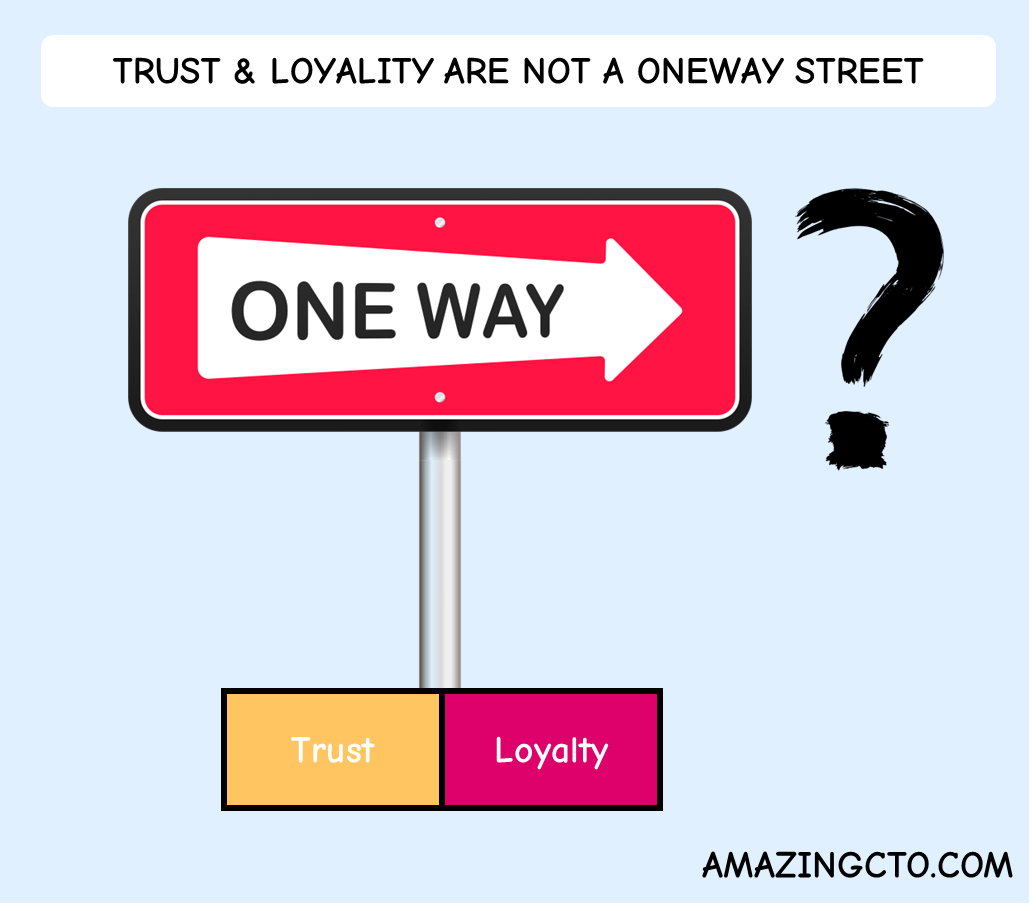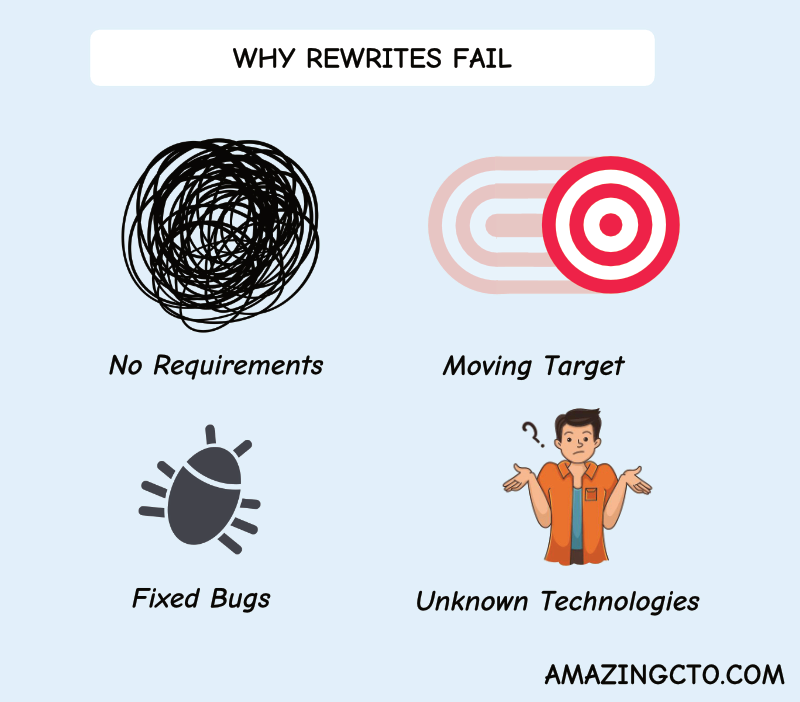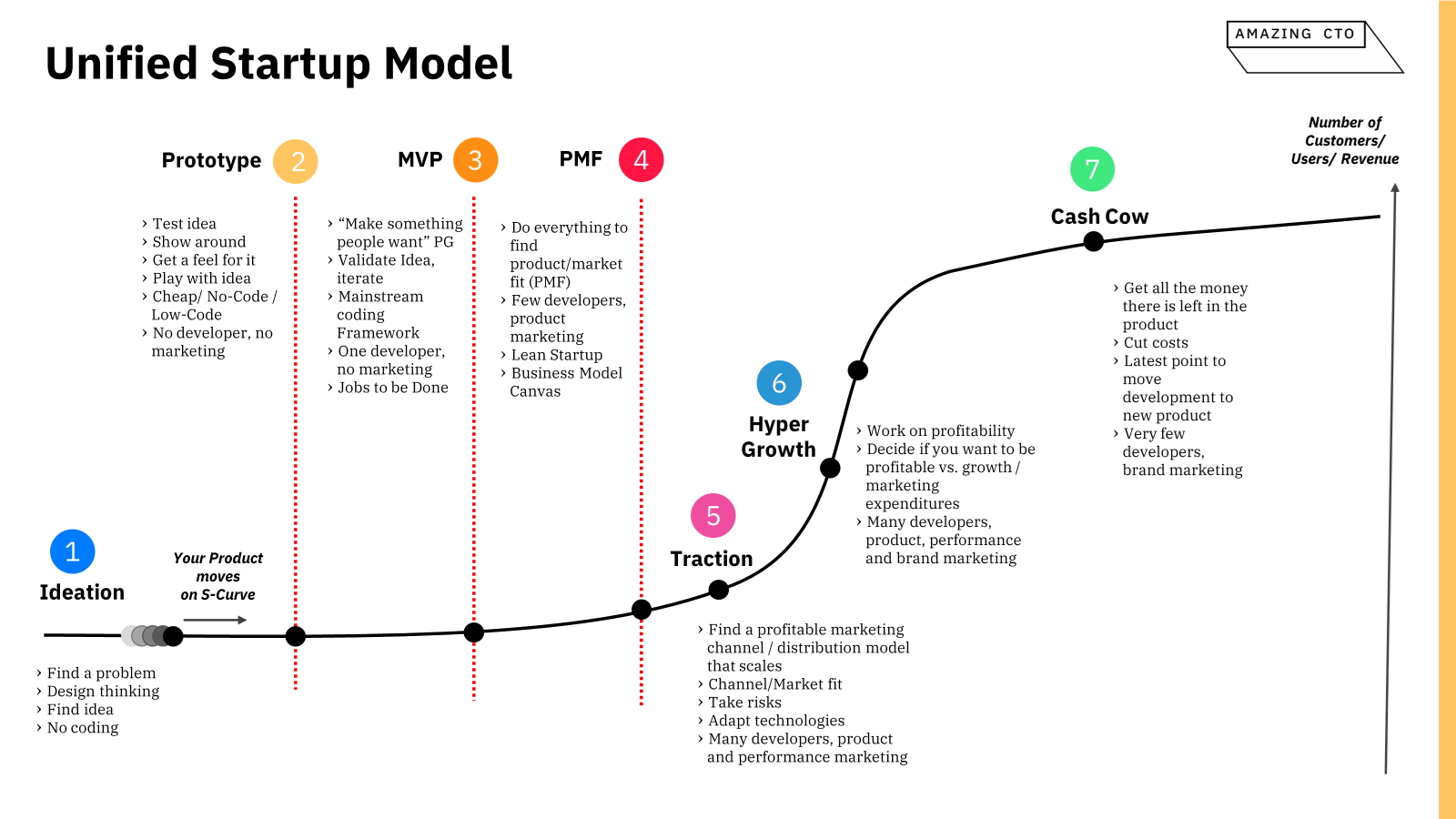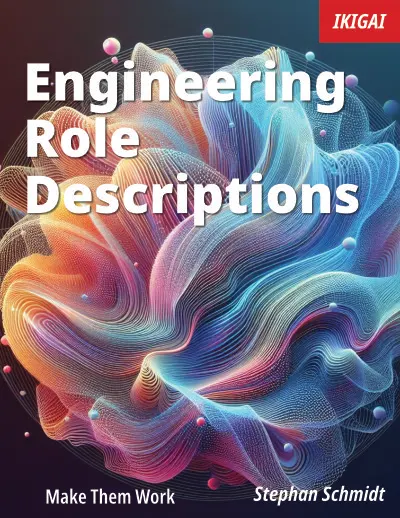Stephan Schmidt
The ZigZag Model of Vision and Strategy
Startups don't know how to do vision and strategy
Most startups have no strategy or vision. This is my conclusion looking into and working with many startups. If I ask, they tell me, “yeah there is a slide somewhere, let me find it.” This is not a vision or strategy. If you don’t know and can’t tell me in three sentences, you don’t have one.
If they have one, they have the wrong vision. When I hear “The CEO changes the vision too often” means the vision is not a vision but a strategy most likely. And then often the wrong one.
What is a vision and what is a strategy?
The vision is a golden place in the future where everyone wants to be. It’s self-evident. It does not need to be explained. If does not need to be argued why it is good. It can’t be next year, because then it’s not ambitious enough. It can’t be yet achieved (don’t laugh, this is what I read too often with a business vision that has launched a product, vision accomplished!).
The strategy is your plan on how to get to that future. What do you need to have in place or what steps do you need to take to arrive at there?
My main focus here is on tech and product. Many of my CTO coachees have no tech strategy. Or if they have one, it’s in conflict with the company strategy. Tech builds something to go in the direction of X, while business goes into the direction of Y. The ever widening gap creates a lot of problems. The biggest one is that of development effort. If technology plans for a future of X, where things around X are easy to implement, add to and change, and business goes into a future of Y, everything takes more and more effort.
As an example, if tech thinks we need this part of the application easy to change and configurable, because we will need to change this often in the future, but business changes another part of the application often, development effort is high. Business is confused on why things take so long, developers are frustrated that business doesn’t use the things the made easy to change.
The ZigZag Model To The Rescue!
My ZigZag Model of Vision and Strategy is simple. There are three groups of vision and strategy: Business, Product and Technology. Each group has its own vision and strategy. But they depend on each other.
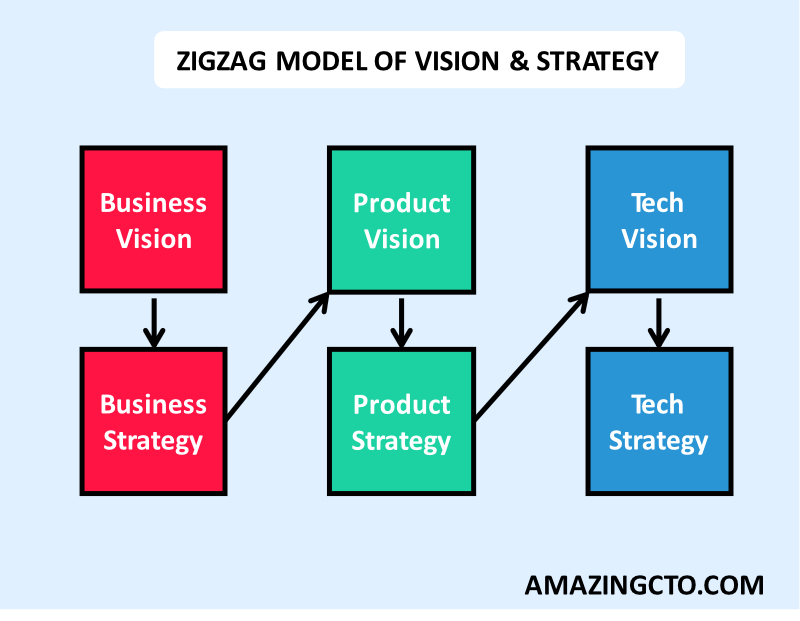
You start with a business vision and come up with a business strategy to reach that vision. The business strategy then enforces a product vision. Then a product strategy is defined to achieve the product vision. From the product strategy follows a tech vision and from the tech vision - you’ve guessed it - a tech strategy. Zigzagging between vision and strategy - each one is defined by another one.
The business vision should not include a product. My startup vision could be, “Build a house for everyone on earth.” That vision already includes the solution. A vision should not talk about a solution but about the endstate and change for the customer. So instead of “Build a house for everyone on earth” the vision becomes “A house for everyone on earth.” This vision is short, easy to understand, self-evident. If does not change over time, while the first one (“build a house”) might change, or needs to be explained (“Why do we need to build the houses ourselves?”).
How do you get to that vision, what is the strategy? There are many ways. You could give everyone on earth $100.000. Then you have a finance startup. And the problem to solve is, where to get and how to distribute the money. You could develop a robot for housebuilding, that only takes sand and solar energy to build a house for everyone for cheap. Then you have a product company. Or you could build a house for everyone with a great team of people, getting more and more people in, teaching them how to build houses, with a snowball system. There are many ways to “A house for everyone on earth”—there are much fewer options for “Build a house for everyone on earth.”. If you find out that “Build a house for everyone” is bad, and “Give everyone $100.000 to buy a house” is better, your vision has changed. And because it changed, it was about your strategy, not your vision.
Depending on the business strategy (robot, snowball, finance) you might need a excellent finance org, or a product team, or HR. Say you decide to develop a robot as your business strategy. As a product company, you build a product team, and the product team comes up with a product vision. It’s based on the business strategy of building a robot.
The product vision is a robot that does everything automatic. It scans the terrain, downloads the blueprints, grabs the sand, melts it and builds the walls directly. It drives on its own to the construction site and drives back to the depot after work. It’s safe for humans.
The product strategy is several steps. First build a robot that takes sand and builds a house. The Second step is a robot to find the sand and purifies it, then builds the house. These robots are transported to the construction site with a trailer. The Next strategy step is a robot that drives to and back from the construction site on its own and cleans itself after work.
The tech vision follows from the product strategy. The vision is a robot with significant local compute power for AI and vision. It’s modular, so parts can easily be replaced and upgraded. It has enough monitoring, sensors and metrics to learn about the progress and its success.
The tech strategy follows from the tech vision. Hire robotics and AI specialists and build a world-class team. First step is a model to test the basic assumptions and technologies. Next step is to build a 1:1 model and a prototype. Then build a production line for mass-producing the N1 version of the robot. With the feedback from real construction sites, evolve N1 into N2.
The same goes for other parts that the business strategy defines. If it says something about marketing, have a marketing organization that creates a marketing vision. If it says something about sales, have a sales organization that creates a sales vision. Both being birthed by the business strategy. The ZigZag model goes in every direction and spans and connects all departments.
This way all visions and strategies are aligned, the company is aligned, development effort is spent the right way, and everyone is happy. No really!
The ZigZag model also helps with Goals, OKRs and KPIs. The primary goal of everyone is to realize the business vision. The Goals and OKRs are the steps of the respective strategies. The KPIs help determine if you’re still on track, if the engine of the company is humming or the engine is making awful noises.
Easy vision and strategy!
